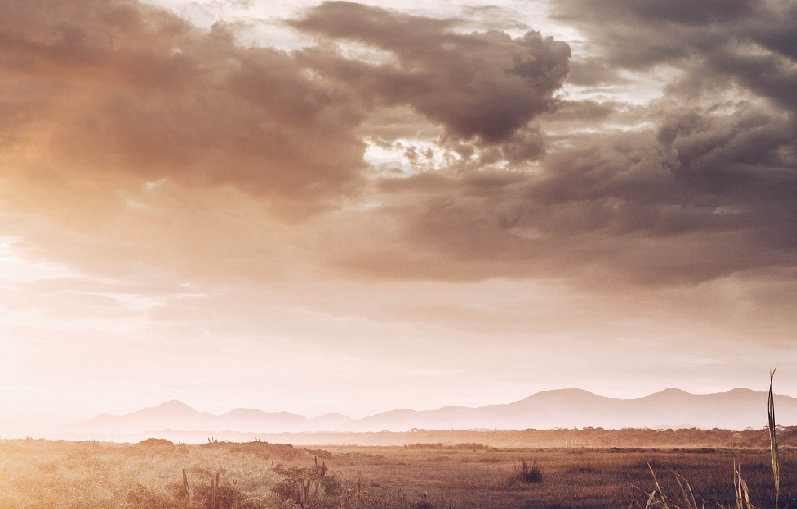
Ella Jardim / CC0
Big sky! Big drama! Big photographs!
All too often the sky is seen as almost an afterthought in our photos. This is unfortunate, though, because the sky has so much to offer!
From deep, moody skies filled with dark storm clouds, to light, sunny images filled with a blue backdrop and white fluffy clouds, there’s no shortage of opportunities to capture amazing sky images –each one completely unique.
Far from simply being a background element, when captured effectively, the sky can prove to be a key feature in your landscape images, serving as a main point of interest and even taking center stage in your photos.
If you’d like to take your landscape images up a notch, being able to capture the sky is sure to help. With this in mind, let’s take a look at a few tips for creating amazing sky images.
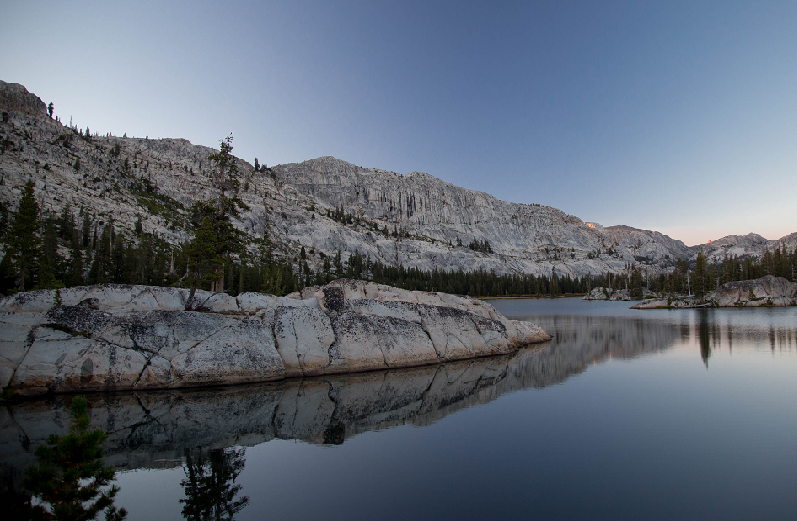
Paul Summers / CC0
Timing Is Everything
When it comes to capturing breathtaking images of the sky, timing is everything. Skies are relatively unpredictable, and are always subject to change. If you’re looking to capture spectacular images, you’ll want to pay close attention to the weather and time of day, and plan your shoot accordingly. The sky changes drastically from minute to minute, so be sure you’re on-location and ready early. Golden hour –that time of day early in the morning and evening can present a beautiful time for sky images. Blue hour –during twilight, is another time of day that’s great for capturing skies. Of course, sunrise and sunsets are also ideal. Often, the dramatic light and fast-moving clouds that can be found at the end of the day make this a great opportunity for sky photography.
Watch the Horizon
You’ll also want to pay attention to where you place the horizon and consider how it impacts the rest of your image. Having the horizon line dead center is generally considered to be a bad idea, and could result in the image looking like it’s being cut in half. Instead, look to move the horizon line lower to include more of the sky in your image.
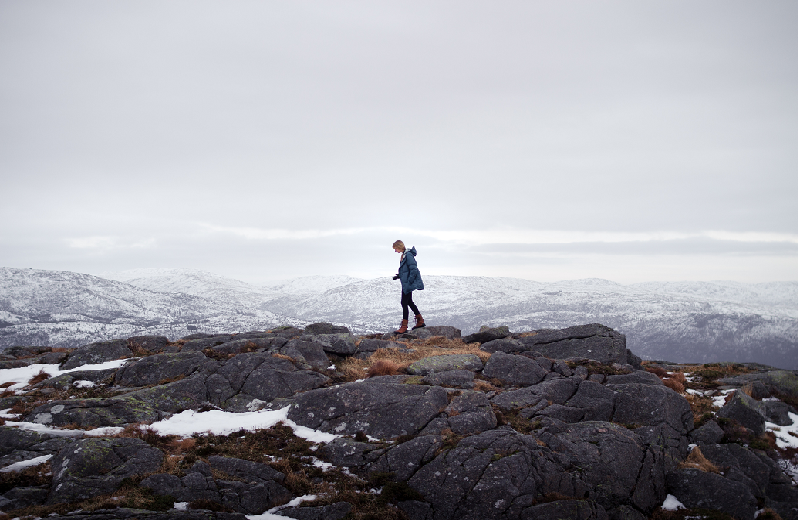
Sharon Christina Rørvik / CC0
Consider the Composition
Don’t forget that while the sky may be your main focal point, there are other elements that play a big role in the composition as well. In most cases, you’ll want to include some land in your sky shots, to help set the stage, add some context, and make for a more visually interesting image.
Consider an ND filter
When it comes to shooting the sky, it’s a good idea to bring your neutral density (ND) filter. An ND filter acts as sunglasses for your lens, helping to filter out some of the light and allowing you to create long exposures; perfect if you’re hoping to capture soft, streaky clouds in the sky. You’ll also want to consider a Graduated Neutral Density (GND) filter, which will allow you to capture images where the foreground and sky require different exposures. A GND filter is especially invaluable if you’re shooting sunsets or sunrises.
Bring a Polarizer
Speaking of filters, you’ll also want to bring a polarizer if you have one. Polarizers help to cut through glare, as well as the haze in the sky, allowing you to capture skies that are more vibrant, with deeper colors. They can also help to draw the clouds out from the background, helping them to appear more prominent. Because polarizing filters reduce the light, you’ll need to use a tripod on darker days, when slower shutter speeds are required.
→ Related reading: An Intro to Filters for the Landscape Photographer
Bring a Tripod
Don’t forget your tripod! When you’re working with longer exposures, you’ll want to use the tripod to prevent blur caused by camera shake, so be sure to bring your tripod with you.
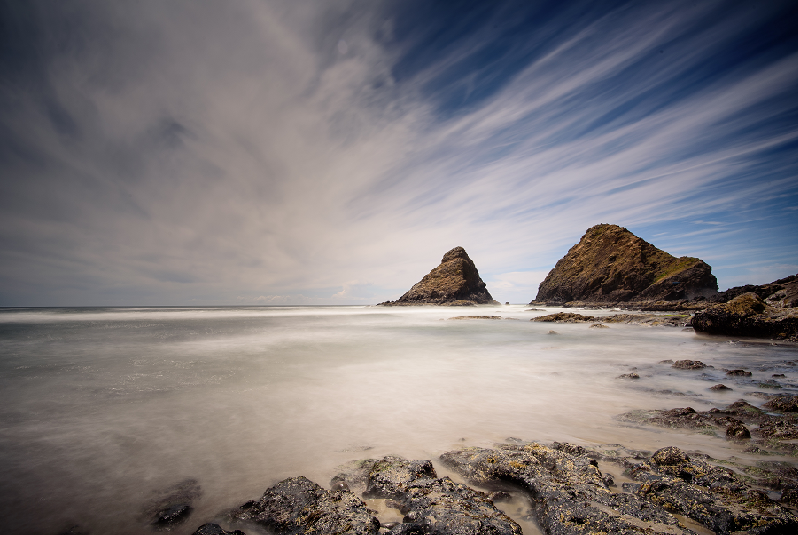
Nathan Anderson / CC0
Experiment With a Long Exposure
Using a longer shutter speed will allow you to capture soft, streaky clouds that convey the feeling of motion. Your ideal shutter speed will depend upon the time of day and weather, but you could start by using a shutter speed of 1 or 2 minutes and adjusting it from there. Just remember to use your ND filter and tripod.
→ Related reading: Guide to Long Exposure Landscape Photography
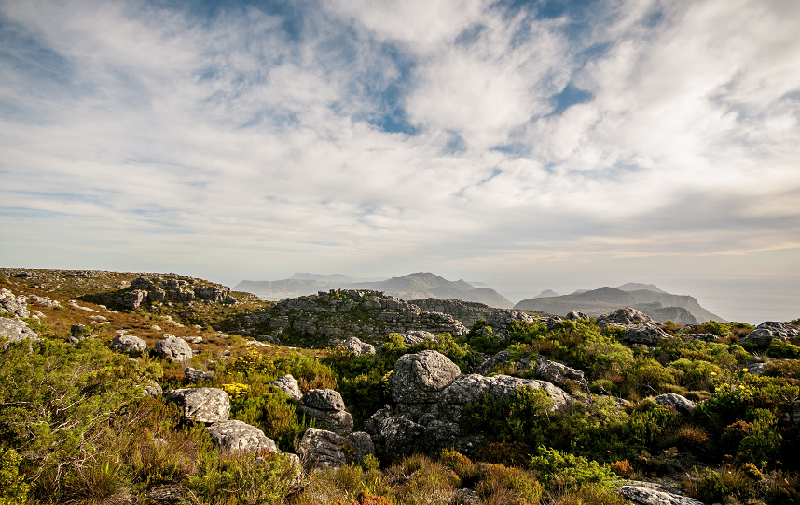
Scott Webb / CC0
Consider a Wide Angle Lens
While not crucial, using a wide-angle lens can make for some spectacular sky images. Wide angles are ideal for capturing wide, sweeping landscapes or for situations where you want to compose an image that features plenty of interesting foreground. Just take care when using a polarizer with a wide-angle lens; it could result in a gradient effect near the edges of the image; it’s most obvious with blue skies.
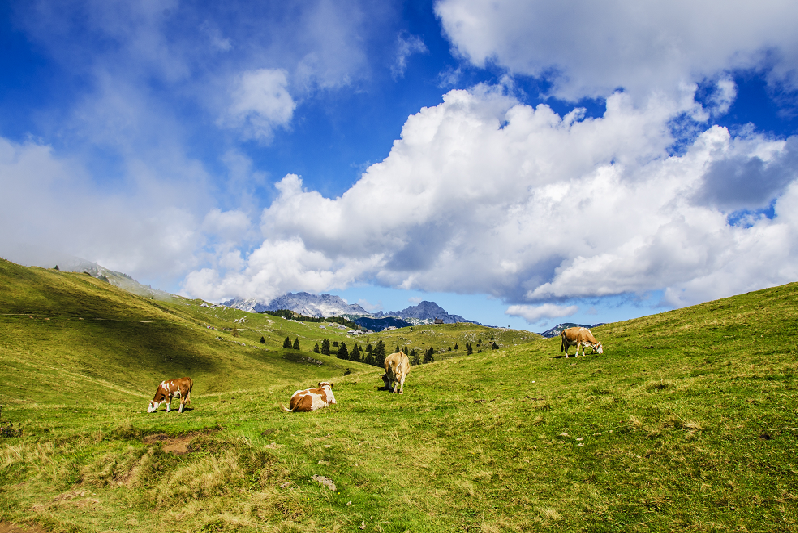
Ales Krivec / CC0
Clouds Are Your Friend
While the clouds can look threatening, they can result in some spectacular sky images. The type of clouds that are found just before, or during a storm can present a great chance for some dramatic images. On the opposite end of the spectrum, you could also look for opportunities to capture a vibrant blue sky filled with soft, fluffy clouds. Different types of weather can convey different moods, so be sure to keep that in mind when composing your images.
Make Adjustments in Post Processing
When it comes to sky images, often, your photos can benefit from a touch of post-processing. If you shoot in RAW, you’ll have an easier time editing things later on. Since RAW captures a greater range of tones, you’ll be able to adjust the white balance, tweak the color saturation, and improve the highlights and shadows. Often, all it takes is a few simple adjustments to help make your images truly fantastic. [Our Landscape Legend Lightroom Presets package includes many presets for working with the sky, including graduated filter presets.]
Incorporating the sky into your images can make for some spectacular results. It won’t happen the first time, but soon you’ll become adept at recognizing what works, and what doesn’t, and will be able to create your own masterpieces. So go out there and get shooting. The sky is the limit!
Photo license link: CC0